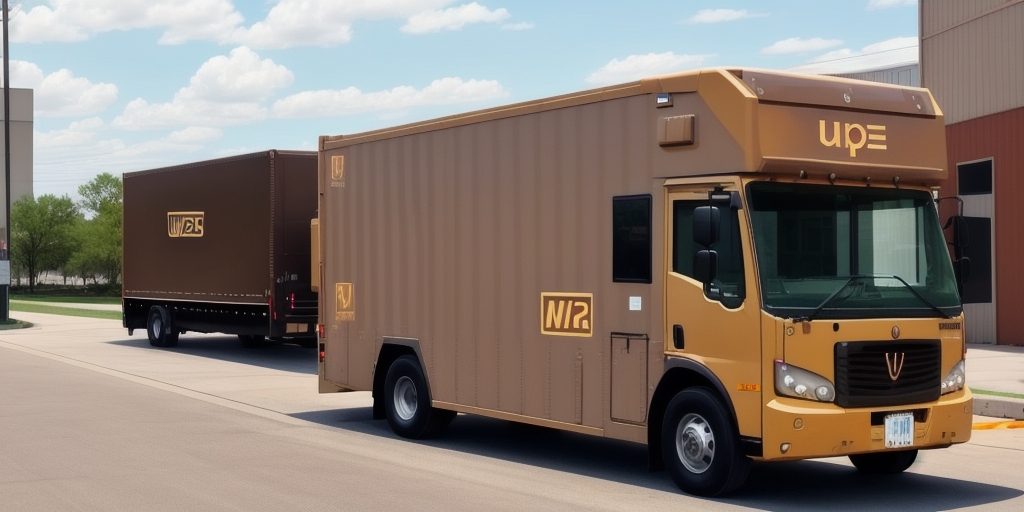Understanding FedEx Time in Transit Maps
FedEx Time in Transit Maps are crucial tools for businesses that aim to optimize their shipping and delivery processes. These maps provide a visual representation of the estimated delivery times for packages traveling from one location to another. By factoring in the origin, destination, chosen shipping method, and the shipment date, businesses can accurately forecast delivery schedules.
What Are FedEx Time in Transit Maps?
FedEx Time in Transit Maps offer a detailed overview of the time it takes for a package to move from the sender to the recipient. They consider various variables, including the type of FedEx service selected (such as FedEx Ground, FedEx Express, etc.), and exclude weekends and holidays to provide realistic delivery estimates.
Features of FedEx Time in Transit Maps
- Service Type Selection: Choose from multiple FedEx service options to see how delivery times vary.
- Real-Time Tracking: Monitor the progress of your shipments and receive updates on any delays.
- Multi-Region View: View transit times across different regions simultaneously to plan large-scale shipments efficiently.
Benefits of Using FedEx Time in Transit Maps
Utilizing FedEx Time in Transit Maps can significantly enhance a business's shipping strategy, leading to increased efficiency and customer satisfaction.
Accurate Delivery Estimates
By providing precise delivery timelines, these maps enable businesses to set realistic expectations for their customers. This transparency fosters trust and reliability, which are essential for customer retention.
Cost Optimization
Analyzing transit times and service types helps businesses identify the most cost-effective shipping methods. Optimizing shipping routes can lead to substantial savings in transportation costs.
Real-Time Tracking and Delay Management
FedEx Time in Transit Maps offer real-time updates, allowing businesses to quickly address any delays or issues that may arise during transit. This proactive approach minimizes disruptions and ensures timely deliveries.
Accessing and Utilizing FedEx Time in Transit Maps
Accessing and effectively using FedEx Time in Transit Maps is straightforward, enabling businesses to integrate this tool seamlessly into their operations.
How to Access the Maps
FedEx Time in Transit Maps are accessible through the FedEx website. By entering origin and destination locations, along with the shipping date and service type, businesses can obtain accurate delivery estimates. Additionally, FedEx offers printable versions of these maps for easy reference in offices and warehouses.
Inputting Shipping Information
To get precise delivery estimates, businesses need to input the correct origin and destination addresses, select the appropriate service type, and specify the shipment date. This information helps generate reliable transit times tailored to specific shipping needs.
Comparing Shipping Options
FedEx Time in Transit Maps allow businesses to compare different shipping options by varying service types and shipment dates. This comparison aids in selecting the most efficient and economical shipping method for each package.
Optimizing Your Shipping Strategy with FedEx Time in Transit Maps
Leveraging FedEx Time in Transit Maps can transform a business's shipping strategy, making it more efficient and responsive to market demands.
Planning for Peak Shipping Seasons
During high-demand periods like the holiday season, these maps help businesses anticipate delivery times and adjust their shipping strategies accordingly. This planning ensures that customers receive their orders promptly, maintaining high satisfaction levels.
Integrating with E-commerce Platforms
Integrating FedEx Time in Transit Maps into your e-commerce platform enhances the customer experience by providing accurate delivery estimates during the checkout process. This integration can lead to increased trust and higher conversion rates.
Best Practices and Expert Insights
Experts recommend regularly updating shipping schedules based on the latest transit data and allowing a buffer for unforeseen delays. Additionally, setting up alerts for shipment exceptions can help businesses address issues proactively, ensuring smooth delivery operations.
Troubleshooting and Comparing to Other Carriers
While FedEx Time in Transit Maps are highly effective, it's essential to understand common issues and how they compare to other shipping carriers.
Common Issues and Solutions
Some common issues include outdated data or discrepancies in delivery estimates. To troubleshoot, businesses should regularly verify the data input and reach out to FedEx Customer Support for assistance. Having a contingency plan for unexpected delays is also recommended.
Comparing Accuracy with Other Shipping Carriers
When choosing a shipping carrier, comparing the accuracy of their transit maps is crucial. According to a Logistics Management report, FedEx often ranks highly in delivery accuracy compared to competitors like UPS and DHL. Businesses should evaluate these metrics to select the most reliable carrier for their needs.
Conclusion
FedEx Time in Transit Maps are indispensable tools for businesses aiming to enhance their shipping efficiency and customer satisfaction. By providing accurate delivery estimates, optimizing shipping strategies, and offering real-time tracking, these maps help businesses navigate the complexities of global shipping. Integrating this tool into your operations ensures reliable and timely deliveries, giving your business a competitive edge in the market.








